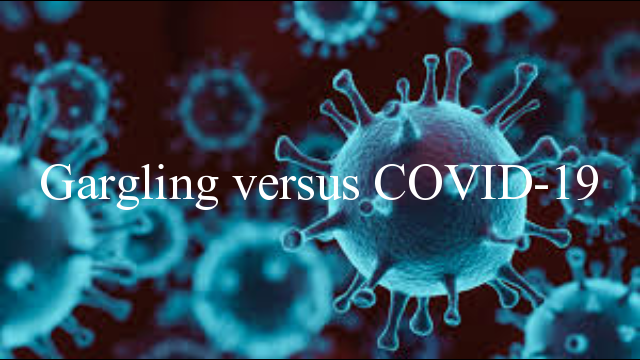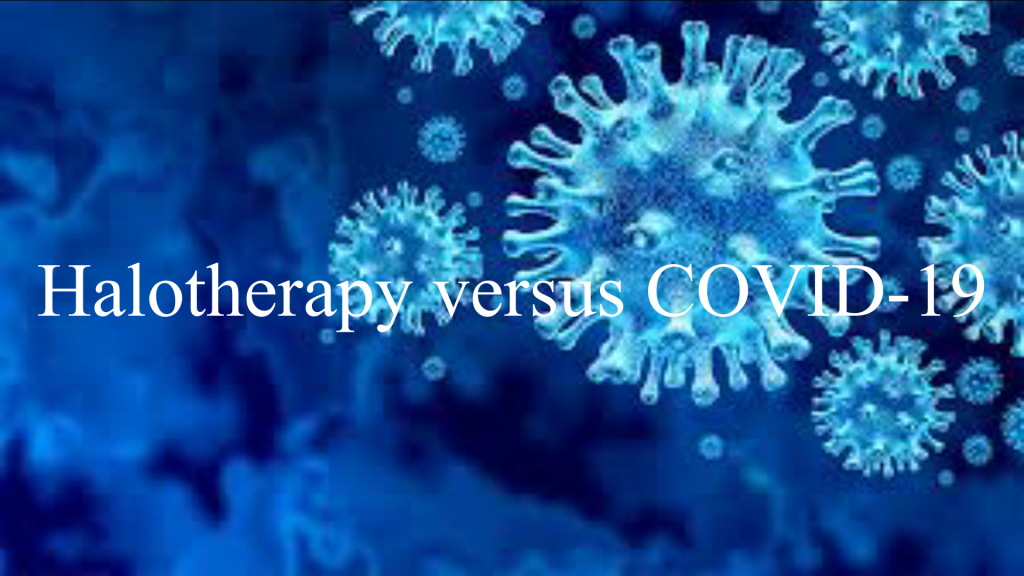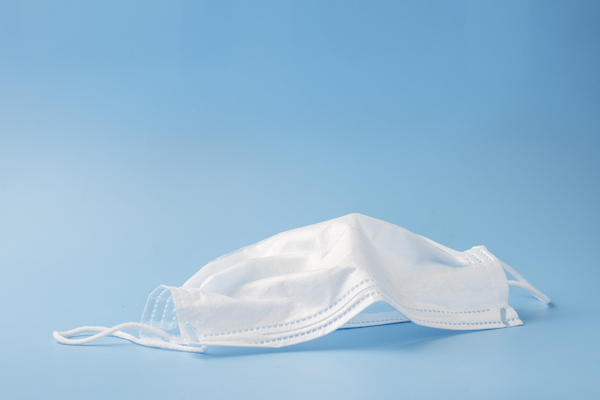 Here are three overlooked methods of treating respiratory and disseminated infections that resemble the one caused by the COVID-19 virus.
Here are three overlooked methods of treating respiratory and disseminated infections that resemble the one caused by the COVID-19 virus.
Tags: Biophotonic Therapy, coronavirus, COVID-19, gargling, halotherapy, immunostimulants, respiratory infections, virus, Wuhan coronavirus, Xi virus

A new pilot study plus a better understanding of the science and art of gargling suggest that it can be an effective adjuvant therapy against COVID-19. At the same time, gargling can protect others, so we all have a vested interest in persuading each other to gargle. In this video, Viktoria Nagudi discusses with Kenneth Dillon of Scientia Press gargling’s history, science, choice of gargles, and applications, including to reopening the economy and schools. For further details, see https://www.scientiapress.com/mouthwash-oral-respiratory-infections.
Gargling versus COVID-19
Tags: COVID-19, EGCG, gargling, povidone-iodine, respiratory infections

Studies by Japanese researchers show that gargling is protective against respiratory infections. Here is a letter that lays out the case for gargling against COVID-19.
Tags: CDC, coronavirus, COVID-19, gargling, Japan, open letter, pandemic, respiratory infections

Even though much inhaled COVID-19 virus immediately penetrates into the lungs, some remains in the throat where it replicates to very high numbers–for instance, a peak at 711,000,000 RNA copies per throat swab day 4 (Wölfel R et al. Nature 2020;Apr 1). According to a Reinforcement Model of COVID-19 infections, many of these replicates descend into the lungs, where they furnish a stream of reinforcements that cumulatively outweigh the replication of the initial penetrating dose. Hence treating the throat with gargling seems highly desirable.
Tags: coronavirus, COVID-19, gargling, green tea catechins, hypertonic saline, mouthwash, pandemic, povidone-iodine, respiratory infections, throat, viral replication
 Originating in Eastern Europe, Halotherapy uses aerosol microparticles of salt to treat respiratory conditions. While it has shown effectiveness against asthma, bronchitis, and other chronic respiratory conditions, there is evidence that HT is also effective as prophylaxis against respiratory infections. In this video, Viktoria Nagudi discusses with Kenneth Dillon of Scientia Press the history, modalities, applications, and potential benefits of HT in the context of the COVID-19 pandemic, including for reopening the economy and schools. See also https://www.scientiapress.com/halotherapy.
Originating in Eastern Europe, Halotherapy uses aerosol microparticles of salt to treat respiratory conditions. While it has shown effectiveness against asthma, bronchitis, and other chronic respiratory conditions, there is evidence that HT is also effective as prophylaxis against respiratory infections. In this video, Viktoria Nagudi discusses with Kenneth Dillon of Scientia Press the history, modalities, applications, and potential benefits of HT in the context of the COVID-19 pandemic, including for reopening the economy and schools. See also https://www.scientiapress.com/halotherapy.
Halotherapy versus COVID-19
Tags: COVID-19, halochamber, halotherapy, respiratory infections, salt therapy, speleotherapy

Concerned over shortages of face masks, U.S. medical authorities initially discouraged the use of face masks by the public. But a good deal of evidence (Jefferson T 2007) shows that face masks reduced the risk of infection by 68% in SARS, an analogue of COVID-19. This suggests that wearing face masks can go far toward slowing the spread of the pandemic. Therefore, we need to find a way to provide enough of them not just to protect medical personnel but also to protect the public. Reusing them seems a very attractive strategy.
Tags: coronavirus, COVID-19, face mask, N-95, pandemic, SARS


 Here are three overlooked methods of treating respiratory and disseminated infections that resemble the one caused by the COVID-19 virus.
Here are three overlooked methods of treating respiratory and disseminated infections that resemble the one caused by the COVID-19 virus. 

 Originating in Eastern Europe,
Originating in Eastern Europe, 